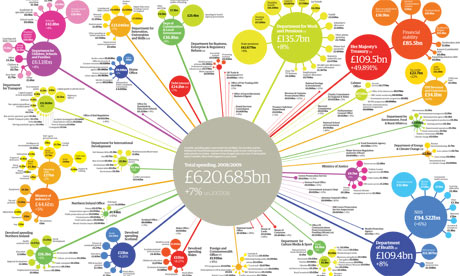Nowadays there is a big hue and cry over bringing back black money stashed in Swiss bank accounts. Looks a no-brainer to get this money back where it really deserves to be. However, is it really that simple? Specially the economics part of it?
Won't it devalue INR and the big flush into the market create inflation? Are we prepared for this? Perhaps not. How is it any different from printing more INR domestically? Some very interesting questions indeed raised on Linkedin.
Surely for me the biggest benefit of bringing back black money would be the identification of account holders from which money would be siphoned off. It's important to identify and punish the culprits. But what about the economics of this activity? It will not be easy to stop Rupee from devaluating untill and unless money is put into appropriate (value generating) activities. So it's very important how do we bring it back to India.
The good thing about the black money stashed abroad is that it's in USD (I doubt it to be in Euro) and not INR. It can simply become part of our foreign reserves. This takes the pressure off INR and domestic inflation. Now forex can be used to fund costly oil imports but I will come to it later as there is an even safer way of using forex (from the point of view of INR devaluation and domestic inflation). Excess Forex can be used as soverign fund to invest in foreign assets thus avoiding any conversion to INR and no direct issue of inflation.
Forex can otherwise be used to fund imports which still shouldn't have a direct impact on INR and domestic inflation. Our oil and gas PSUs, the biggest importers, will be cushioned from the foreign exchange fluctuations as the Gov. would be able to fund them from gov. treasury. Bigger forex will also give RBI greater muscle to flex in the money market. However, under normal circumstances if the black money is coverted to INR without much thought behind it then it will surely cause INR devaluation and domestic inflation.
Personally, I would be more concerned about domestic inflation rather than INR devaluation because if we can control inflation then INR devaluation will be short lived. Now, how will that be achieved? You are trying to increase money supply without calls to inflation. Well, it can be achieved (in a perfect world with honest and competent leaders and beureaucrats). If there is enough infrastructure (of businesses and entrpreneurs) waiting for injection of capital to convert it into products and services worth more than the capital that has been injected then inflation will be averted and the growth in economy will ultimately support the INR. Thus the capacity of domestic businesses should determine at what rate should the black money be injected into the market and ideally the gov. should help the businesses to build the apetite for the capital beforehand (through conducive policies, support for MSMEs, etc, etc).
Now getting back to other half of the question. Why can't it be done by printing more INR? Well, surely, you will appreciate that the first two ways that I suggested wouldn't be possible through printing INR as the option of forex will not be there. What if we want to inject more money in the economy? Well, again it can be done but it will cause serious inflation if not done in the way suggested in para 5. If done without putting in much thought behind it, although it will not directly impact exchange rate but exchage rate will be affected indirectly through inflation. Also, practically we will have to look into the national account statements to account for the pritning of money. US, for example, prints it frequently but it reflects in its foregn debt (ultimately, the printed money has to come from domestic funds or foreign funds or currency devaluation) But US can do it because it has a global currrency (without much effect on exchange rate). It is not easy for other countries to copy it without jeopardising their currency and that is why central banks around the world have such a critical role to play (balancing between domestic money supply and exchange rate).
I hope Baba Ramdev has a plan in place on what to do when he succeeds to get the black money back :) Of course he doesn't have one but he is smart enough to know that no black money is coming back and thus he is happy till his political ambitions is getting the right support through this cause!
